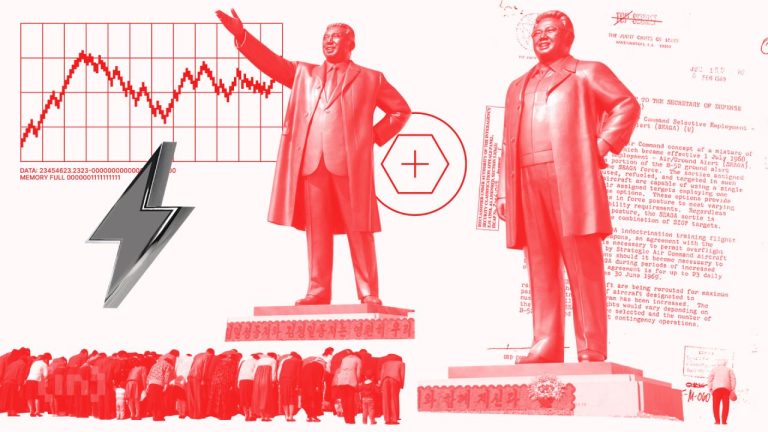
Introduction to Smart Cities
Smart cities are rapidly becoming the backbone of modern urban development. As we approach 2025, the integration of technology into city planning and management is set to redefine urban living. This article will delve into the key trends that are shaping smart cities and their implications for the future.
Technological Innovations in Urban Areas
One of the most significant trends in smart cities is the use of advanced technologies. Internet of Things (IoT), artificial intelligence (AI), and big data analytics are transforming how cities operate. These technologies facilitate efficient resource management, improve public services, and enhance the overall quality of life. For more insights on integrating technology into everyday life, check out our article on Delicate Soft Charm: Embracing Elegance in Everyday Life.
Sustainability Initiatives
As urban areas continue to grow, sustainability becomes paramount. Smart cities are prioritizing green initiatives, such as renewable energy sources, waste reduction strategies, and sustainable transportation systems. By 2025, we expect to see a significant shift towards eco-friendly practices that reduce carbon footprints and promote environmental health. For a deeper dive into sustainable practices, read Timeless Pure Beauty: An Exploration of Enduring Aesthetics.
Enhanced Urban Mobility
Transportation is a critical aspect of city life, and smart cities are innovating to improve urban mobility. With the rise of autonomous vehicles, electric public transport, and smart traffic management systems, commuting is becoming more efficient and less congested. These advancements aim to create seamless travel experiences for residents. To explore the elegance of modern transportation, see our piece on Elegant Grace: The Art of Timeless Style.
Conclusion
In conclusion, the future of urban living is being shaped by smart city initiatives that focus on technological integration, sustainability, and improved mobility. As we look forward to 2025, these trends will not only enhance the quality of life for city dwellers but also pave the way for a more connected and resilient urban environment.



